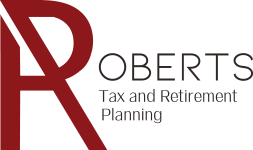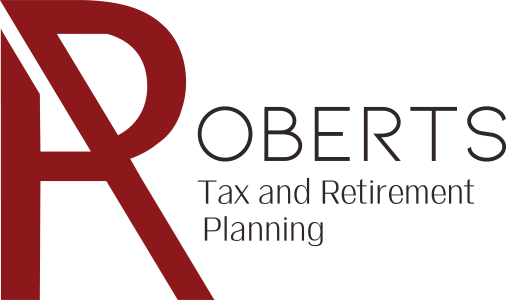So many things change during retirement, including your tax situation. But it doesn’t have to be stressful. There are several ways a retired person can ease the burden of tax bills when they retire, it just takes a little savvy and some planning.
Here are 3 very helpful hints ways to help curb taxes during retirement:
Diversification of Assets
Diversifying your assets should take place before you retire, but once you do it, it can be a big help. Ever heard the term “diversify your portfolio?” This simply means to hold assets in different types of accounts that will received variable amounts of taxation upon withdrawal. So it doesn’t hurt to have your assets saved in all three big account types: Roth accounts, Traditional IRAs, and 401 (k)s. Each work in different ways, so what works best changes per individual.
Get Savvy with RMDs
RMDs, or required minimum distributions, are types of withdrawals that are required for certain accounts when a person reaches age 70 1/2. And while they are required, all it takes a bit of savvy to ease their damage.
– Set up automated RMDs so that you won’t be liable for a penalty if they have been forgotten.
– Don’t let RMDs take you off of your portfolio plan if you are exceeding your target withdrawal rate. Reinvest them into a taxable account (like a Roth).
– Be strategic and pull the money from those accounts that you planned to rebalance at some point anyway.
Steer Clear of the “Tax Torpedo”
The “tax torpedo” hits your wallet when your Social Security becomes taxable as your income from various sources exceeds particular thresholds. To figure what is referred to as provisional income, simply look at your Social Security benefit, your portfolio income, and any tax-free income you have. That’s your provisional income. Hit above a certain threshold and your Social Security benefits become taxable.
– People with a provisional of around $50k don’t have to worry, 85 percent of their income is taxable anyway.
– If you are below that amount, however, you may be able to manage your income, utilizing your portfolio, so you avoid hitting the threshold.
For more information on how we can help you, please contact us any time.







